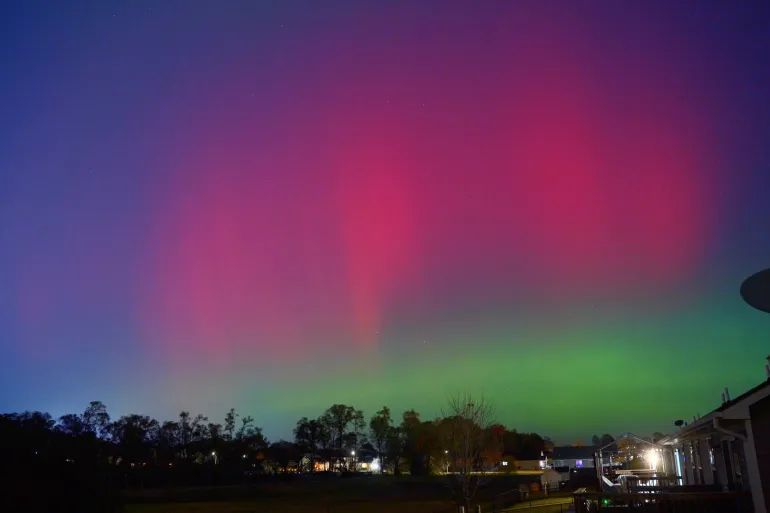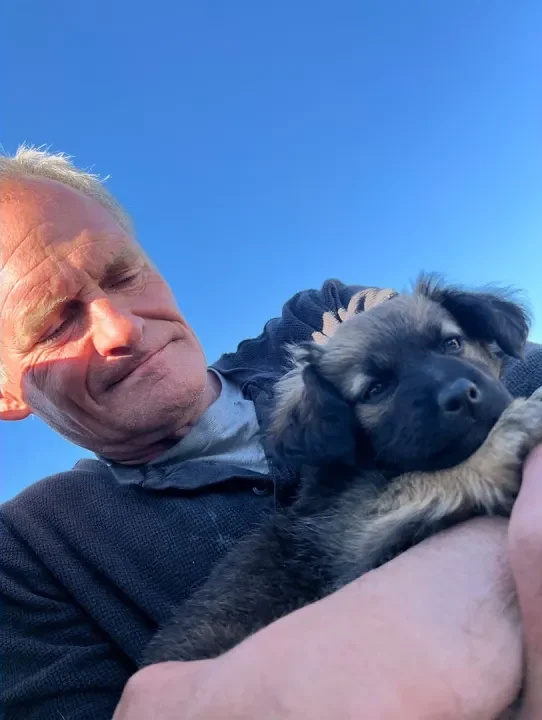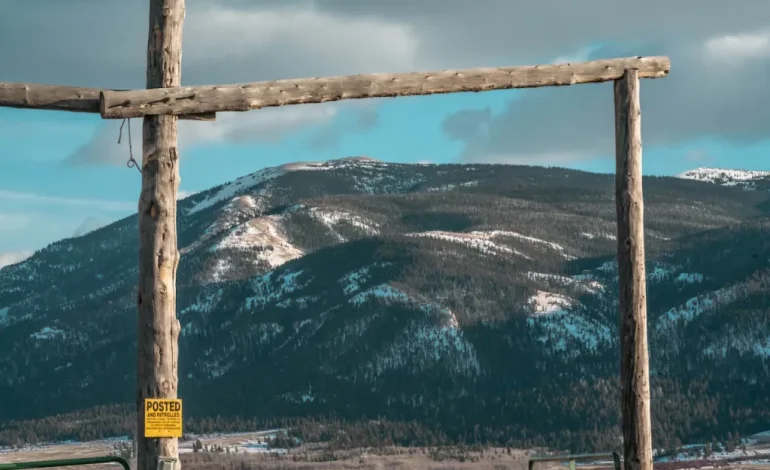The US Supreme Court has penciled in Oct. 17 for a closed-door conference that could decide the fate of Wyoming’s headline-grabbing corner-crossing case. Justices will weigh whether to take an appeal from Elk Mountain Ranch owner Fred Eshelman, whose Carbon County lawsuit challenges the legality of stepping from one square of public land to another at the precise point where four checkerboarded parcels meet.
The case landed on the court’s “long conference” calendar this week, a procedural waypoint that often yields quick answers. The justices could agree to hear the dispute, punt it to a later meeting, or swat it down without comment. On the eve of the scheduling move, Eshelman’s team filed its final brief urging review, pitching the matter as a century-and-a-half-old fight that cuts to the core of American property law and could ripple across roughly 150 million acres in the West.
At the center is Elk Mountain, where Eshelman’s more-than-20,000-acre spread wraps about 6,000 acres of public land prized by hunters and wildlife watchers. In 2022, Missouri hunter Brad Cape and three companions used “corner crossing” to reach those public sections — stepping from one federal square to another while passing through the airspace above Eshelman’s property but never setting foot on his ground. Eshelman sued for trespass. US District Judge Scott Skavdahl ruled the crossings weren’t trespass in Wyoming’s checkerboard, and in March the 10th Circuit Court of Appeals in Denver agreed.
Eshelman wants the Supreme Court to reverse, arguing the lower courts misread the 1885 Unlawful Inclosures Act. In his view, that law targets fences and unlawful blockades, not the age-old right of landowners to exclude others under state trespass rules. By blessing corner crossing, he says, the 10th Circuit effectively handed the public perpetual easements over private corners without compensation — an unconstitutional taking that tramples state law and defies precedent. Suing hunters, his brief adds, is hardly an “unlawful means” of blocking access.
Cape and the other hunters counter that Congress spoke clearly in 1885: private parties can’t use ownership — fences or otherwise — to wall off public land in the checkerboard. The courts, they say, simply affirmed that principle. They’re fine if the Supreme Court sits this one out; if not, they’re ready for another round.
What’s at stake is much bigger than one ranch road. Wyoming’s checkerboard runs in a 40-mile-wide band across the southern third of the state, and the 10th Circuit’s ruling reaches six states — Wyoming, Colorado, Utah, Kansas, Oklahoma, and New Mexico. Conservation groups estimate about 2.4 million acres in Wyoming and 8.3 million acres across the West are “corner-locked,” effectively off-limits if corner crossing is deemed trespass. That access question animates both sides: ranchers see creeping easements over private corners; hunters and the public see land they already own but can’t reach.
The politics and personalities are equally outsized. Eshelman, a North Carolina pharmaceutical magnate, controls the ranch through Iron Bar Holdings and has pressed the Supreme Court to step in. Backcountry Hunters & Anglers helped fund the defense for the four hunters to make sure the issue got a full hearing. Around Elk Mountain, the checkerboard isn’t a thought experiment; it’s the map people live with.
Now the country’s highest court will decide whether to redraw the legal lines — or leave them where the 10th Circuit put them. If the justices grant review after Oct. 17, the West could get a definitive answer on a question that’s dogged it since the railroad era. If they decline, the appeals court’s ruling stands, and the practical rules for stepping across those pin-prick corners will remain in place across the 10th Circuit. Either way, the call is coming soon.
The original story by for WyoFile.










The latest news in your social feeds
Subscribe to our social media platforms to stay tuned